7 Simple Exercises That Will Keep Your Body Strong and Steady at Any Age
If you’ve ever wondered whether it’s possible to stay strong, steady, and confident in your body—no matter your birthday—you’re not alone. The truth is, strength and balance aren’t just gym buzzwords or the domain of seasoned athletes. They’re cornerstones of independence and zest for life, whether you’re playing with grandchildren, exploring a farmer’s market, or simply getting up from your favorite reading chair. Our bodies naturally change with time, but movement remains one of our most powerful forms of self-care. That’s why this guide offers simple, accessible exercises designed for every age. These movements require little to no equipment, honor your body’s wisdom, and celebrate progress over perfection. Research shows that muscle and balance aren’t set in stone—adults who add even small bursts of strength training can regain lost muscle and protect against falls, which is especially important as we get older. With each exercise, you’ll find options for dialing up or down, gentle motivation, and a focus on what feels right for you. We’ll also answer your most common questions and share expert guidance, all in a spirit of encouragement. Ready to find your steady? Let’s take the first step together.
1. Single-Leg Stand: The Stability Booster
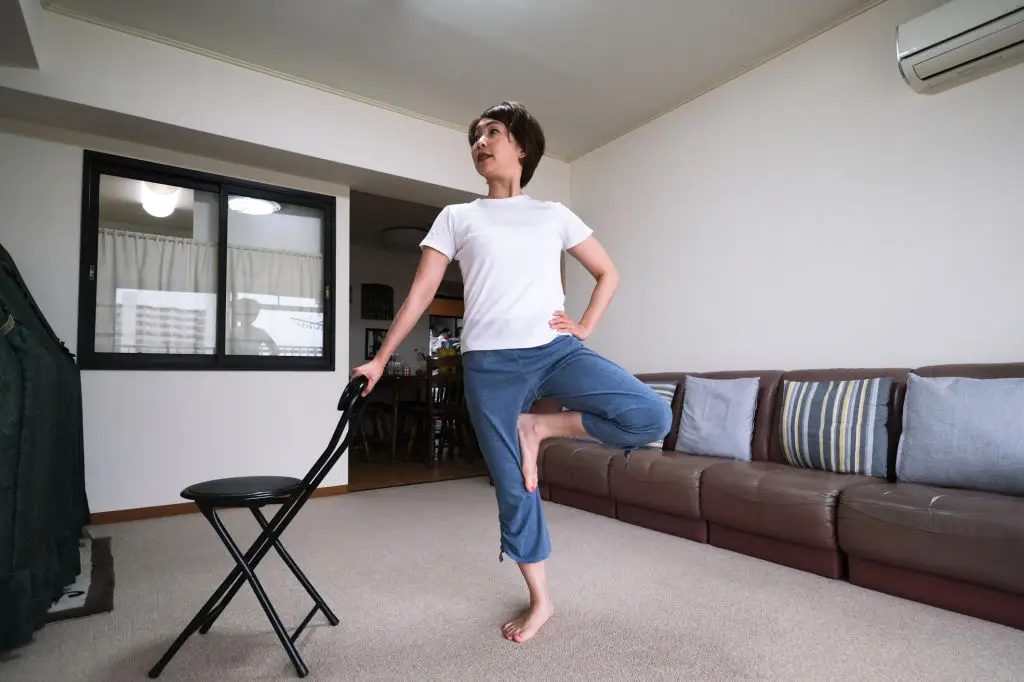
The single-leg stand might look simple, but it’s a powerhouse when it comes to building balance and stability. Here’s the beauty: balance is not just something you lose with age—it’s a skill you can always retrain. Standing on one leg challenges the muscles around your ankle, knee, and hip, teaching them to work together and react to shifts. According to certified trainer Jarrod Nobbe, “Balance can be trained just like strength.” To try it, stand tall with feet together, holding onto a sturdy chair or countertop for support. Lift one foot off the ground, holding for 10 to 30 seconds. Switch sides. You might feel wobbly at first—that’s your body learning! For beginners, stick to brief holds with support nearby; for more challenge, try closing your eyes or moving your arms gently. Consistent practice can help you feel more confident whether you’re climbing stairs, walking on uneven turf, or simply reaching for a top shelf. Remember: a wobble just means you’re getting smarter and steadier, step by step.
2. Chair Squats: Everyday Strength, Every Age
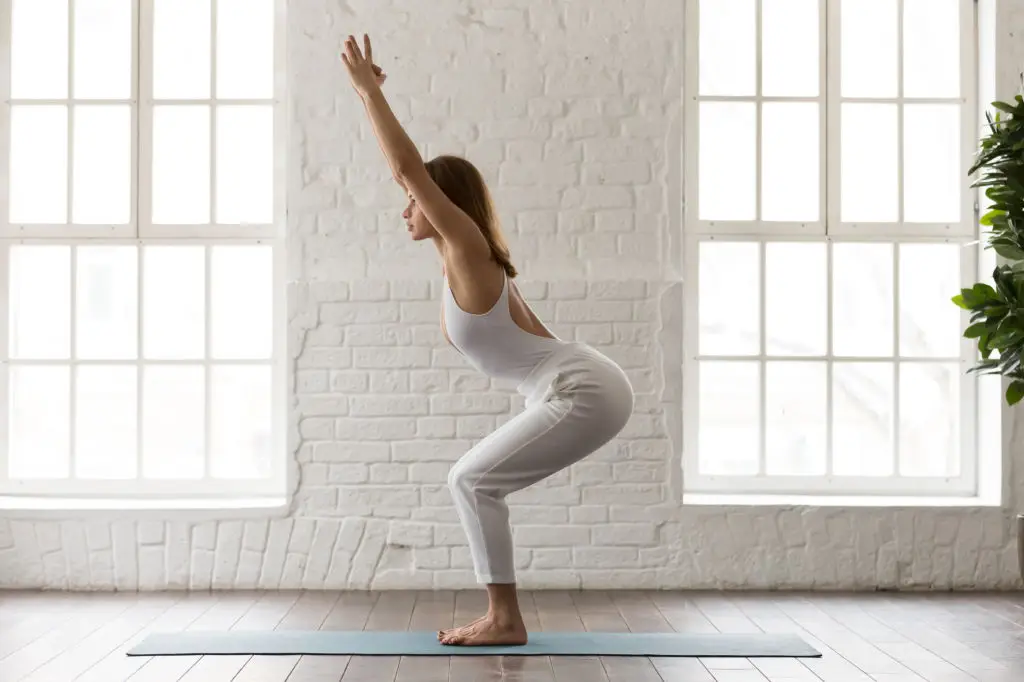
Squats might have a reputation as a fitness staple, but chair squats are both approachable and transformative. Why? They mirror the everyday motion of sitting down and standing up—a critical marker of independence. With a sturdy chair behind you, stand with feet shoulder-width apart and arms outstretched. Hinge at your hips and bend your knees to lower toward the seat, then press through your heels to return upright. Keep your spine long and chest up, avoiding any sudden drops. For those just starting out, it’s okay to use your hands on your thighs for a little backup. If you’re feeling strong, pause for a second above the seat or add a slow, controlled pace. Chair squats build strength in your thighs, glutes, and core and support everything from walking to safe lifting. Small, persistent efforts add up—so celebrate every rep as a step toward better mobility and confidence.
3. Bird Dog: Core and Coordination in One Move
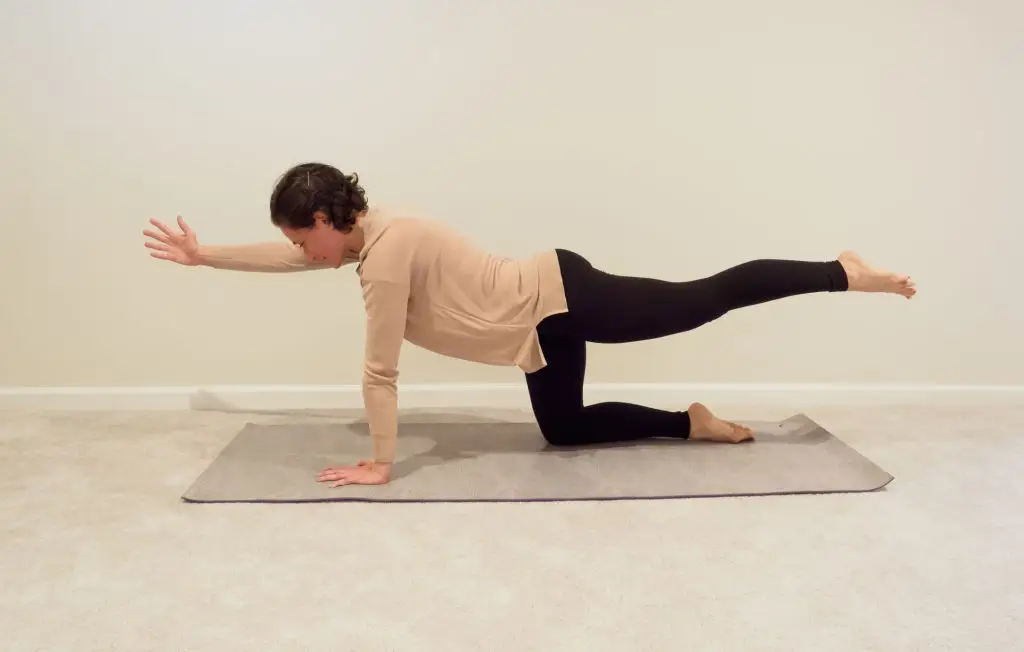
The bird dog exercise is a gentle hero for both your core strength and coordination. Performed on hands and knees, this movement teaches your back, abs, and hips to sync up—vital for posture and everyday activities. To start, place your hands under your shoulders and knees under your hips. Gently extend your right arm forward and your left leg back, keeping hips square and neck in line with the spine. Hold for a breath or two, then lower and switch sides. Keep movements slow and steady—imagine drawing a straight line from fingertips to heel. Bird dog can be modified: beginners can keep toes on the floor or just move arms or legs separately. This exercise is especially forgiving for those with lower-back concerns, as it teaches muscle engagement without strain. If you want a bigger challenge, try pausing longer at the top or using a folded towel under your knee for comfort. The bird dog isn’t about perfection—it’s about gradually building the kind of support your whole body needs.
4. Side Leg Lifts: Simple Move, Real-World Benefits
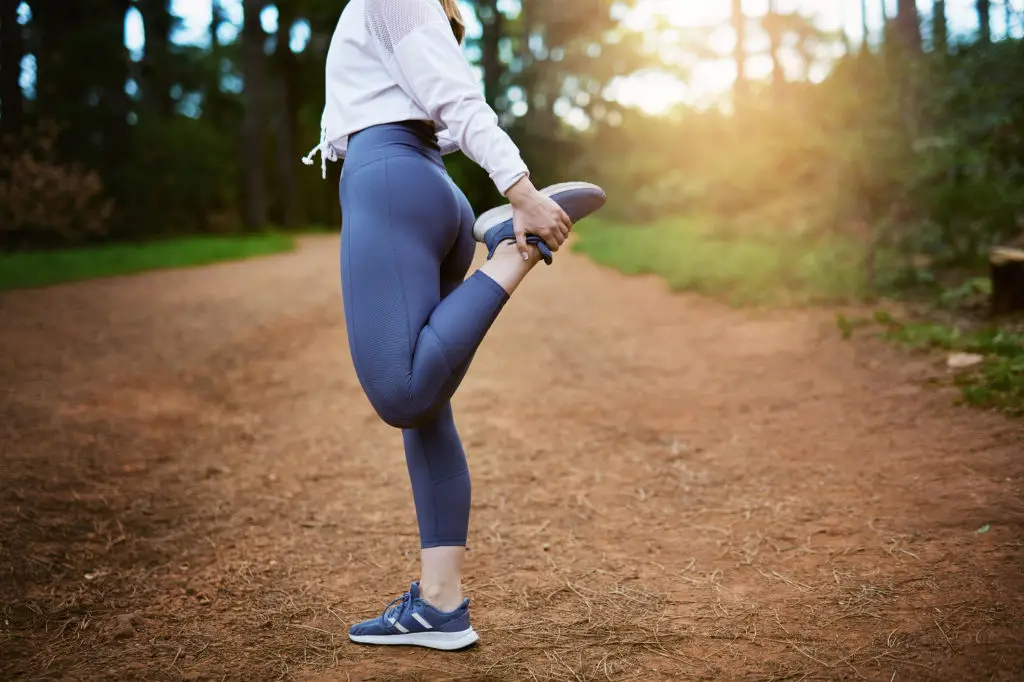
Side leg lifts might look basic, but their impact on daily movement is huge. With this exercise, you target the hip and outer thigh muscles—crucial for stable steps, safe side motions, and even preventing trips or stumbles. Begin by standing tall behind a sturdy chair or kitchen counter for balance. Shift your weight to one foot and gently lift your other leg out to the side, keeping toes pointing forward and hips steady. Lower slowly and repeat for several reps, then switch sides. The key? Move with control, not speed; quality beats quantity. To adjust, try smaller movements or keep your toes on the floor for support; more advanced? Pause at the top or add a resistance band. These lifts reinforce the muscles that help you step confidently off a curb or change direction quickly. Consistency here pays off in real-world confidence—and a little side lift goes a long way.
5. Step-Ups: Strong Legs for Life’s Stairs
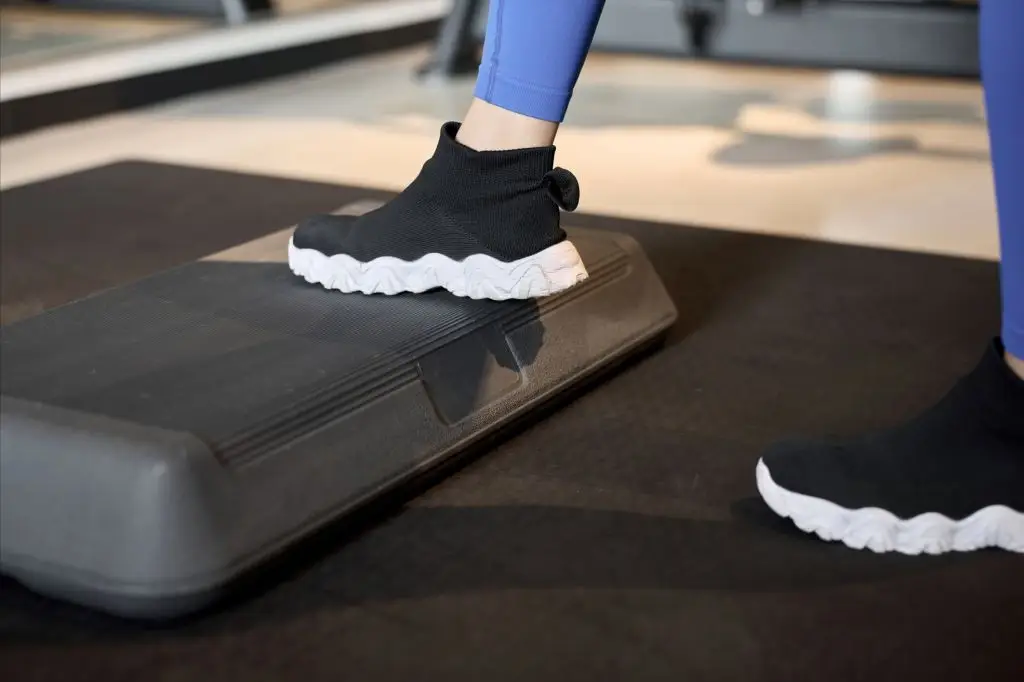
Few things make you feel more capable than confidently tackling a flight of stairs, and step-ups replicate that same powerful motion. Start by facing a bottom step (or sturdy, secure low stool), feet hip-width apart. Step your right foot up, press through your heel, and bring your left foot to meet it. Step slowly back down, one foot at a time, and repeat. Switch your leading leg after a few reps to keep things balanced. Beginners can use a lower surface or hold onto a railing. For more advanced work, try higher steps or add a gentle knee raise at the top (as long as your body feels steady). If balance feels tricky, keep your focus straight ahead and move slowly. Step-ups strengthen thighs, glutes, and calves, and they keep your legs “stairs-ready” well into every season of life. Take pride in each step—literally and figuratively.
6. Standing March: Cardio + Core Power
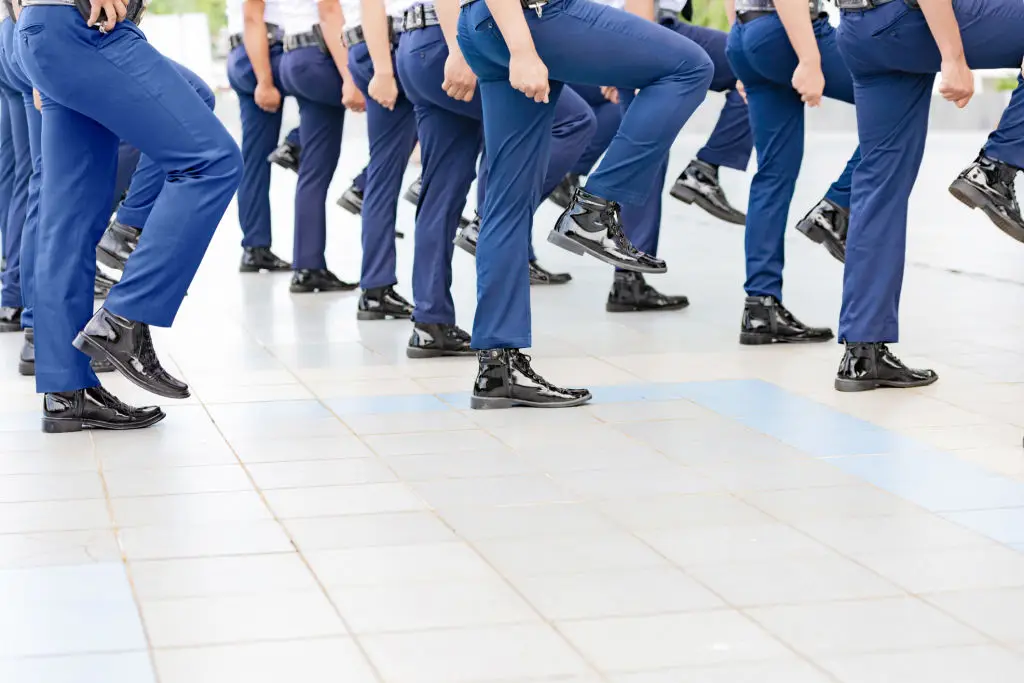
Looking for a move you can do while waiting for the kettle or during a commercial break? Enter the standing march. This gentle exercise blends cardio with core activation and balance. Simply stand tall, gently lift one knee toward your chest, set it down, then lift the other—alternating as if marching in place. Arms can swing naturally or press overhead for a little heart boost. Beginners can march slowly, holding a countertop or sturdy chair; those seeking more challenge can add a brisker pace or try lifting knees higher. To spice things up, turn on your favorite song or add gentle twists at the waist. Standing marches improve circulation, wake up sluggish muscles, and encourage a little fun. The rhythm is yours to set, and every moment moving is a tiny victory in itself.
7. Stationary Lunge: Unilateral Strength for Everyday Tasks
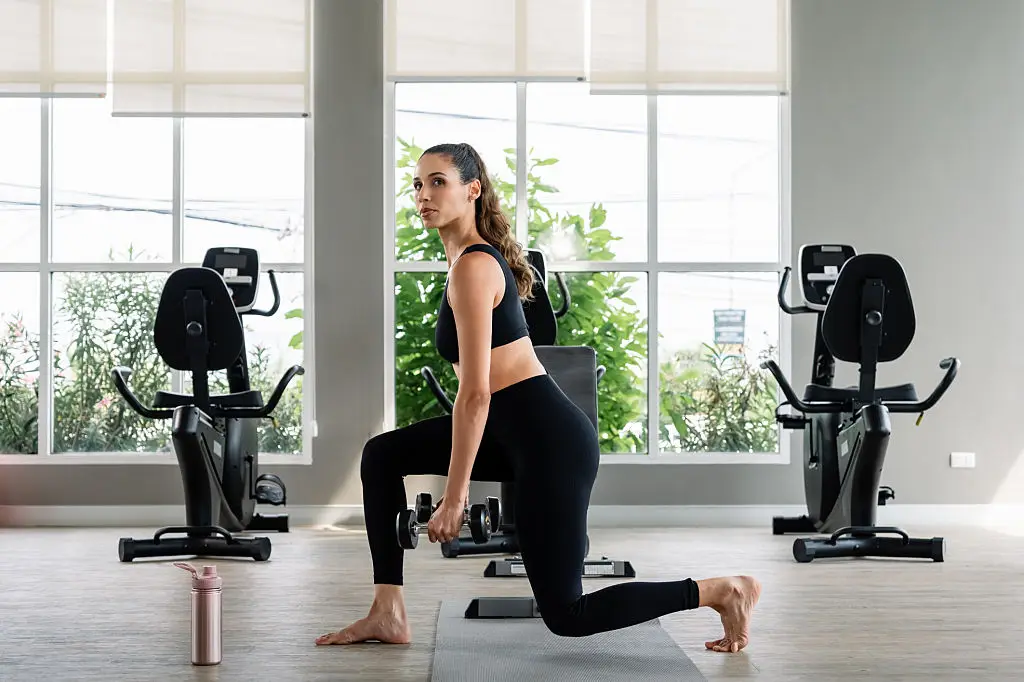
Stationary lunges bring single-leg focus for balance, alignment, and daily movement power. Begin with feet hip-width apart, then take a step forward with your right foot. Slowly bend both knees to lower straight down—not forward—aiming to keep your front knee over the ankle. Push through your front heel to return to start. Switch sides and repeat. If you’re new to lunges, hold onto a sturdy chair or wall and only lower partway; make sure movement feels comfortable, not forced. For a bigger challenge, add a gentle arm reach overhead or hold the lunge a little longer. Stationary lunges teach your body to balance strength on both sides, which pays off when climbing stairs, kneeling, or picking up objects. Like all these moves, focus on the feeling—each rep plants seeds for steadier, stronger days ahead.
8. Progressions and Modifications: Making Moves Your Own
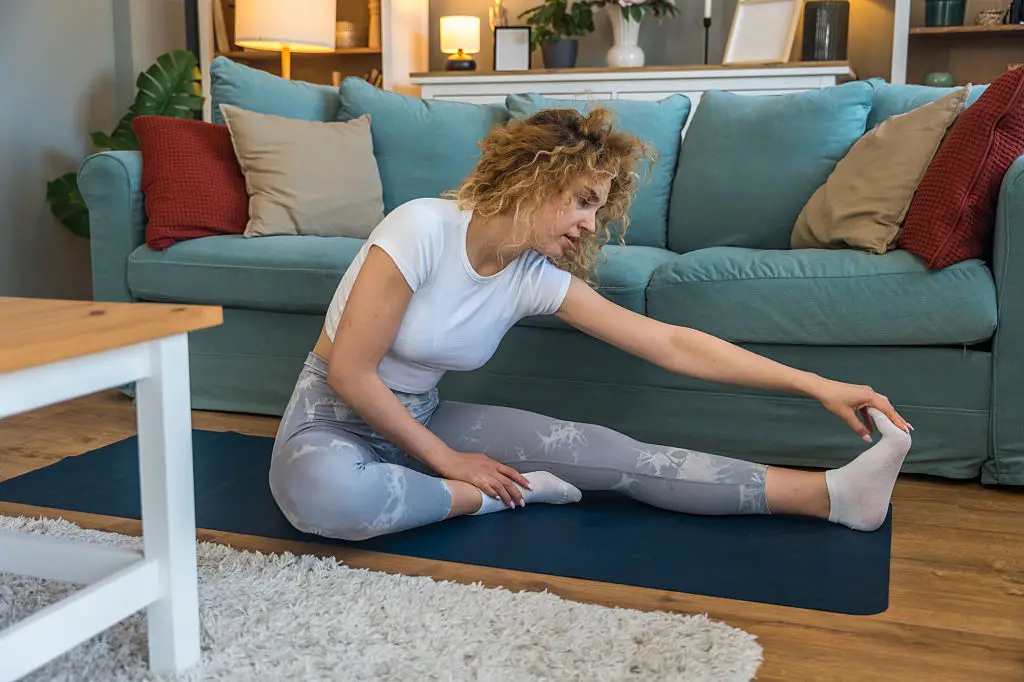
Every body is unique, and so is every fitness journey. Progression and modification are your secret weapons for adapting these exercises, no matter where you start. If a movement ever feels too intense, dial it back: make the motion smaller, focus on slow control, or hold onto a sturdy surface for extra support. Perhaps you skip the arm swing in your march or lower only partway into a squat. On days you feel stronger, explore adding a pause, holding a lightweight household object (like a water bottle), or stacking a few moves together for a “mini circuit.” The most vital cue is always: listen to what truly feels good. Progress doesn’t mean pushing through pain. It’s about showing up with consistency, cheering small gains, and trusting your body to adapt over time. There’s courage in starting, wisdom in pacing yourself, and pride in every milestone—no matter how small.
9. Balance Training FAQ: Common Questions Answered

Starting a new movement routine brings in a flood of questions. Am I too old to improve balance? What if I still feel unsteady? The truth is, balance can be trained at every age, just like strength. Early wobbles or shakes are a sign your muscles and nerves are waking up, not a reason to stop. If you ever feel unsure, it’s okay to keep support close by—a chair, countertop, or friend makes a great training buddy. Wondering about soreness? Mild muscle fatigue is normal when learning new moves, but sharp pain signals a need to ease up or consult a health professional. Unsure about frequency? Even practicing a balance move for a few minutes daily can create real improvements. The key: be patient and persistent. Progress isn’t linear; every effort plants seeds for a steadier tomorrow.
10. Safety and Set-Up: Your In-Home Movement Sanctuary
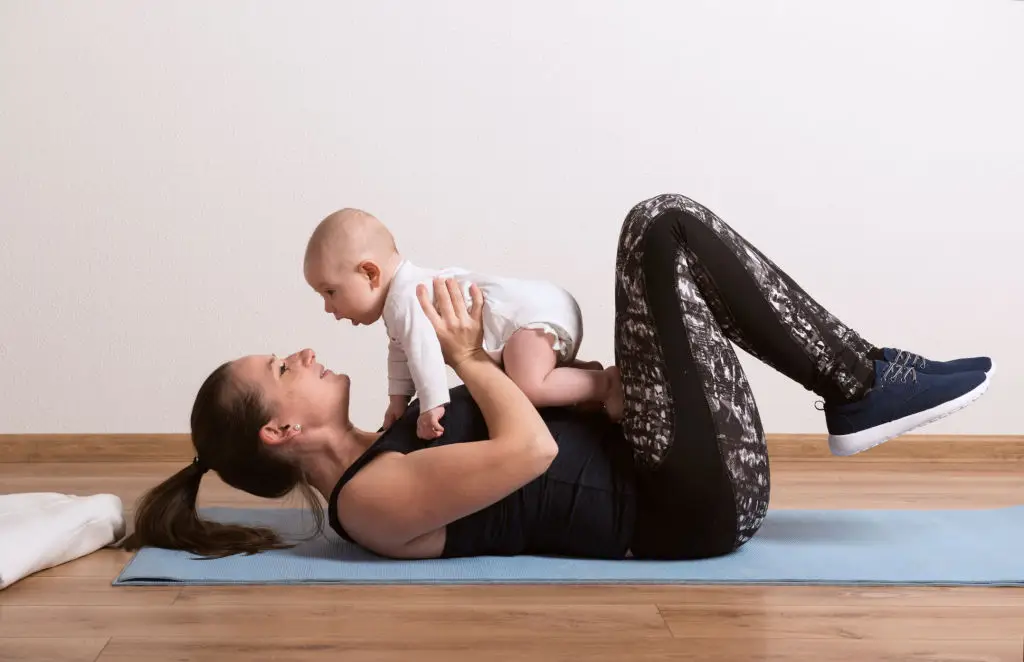
A safe environment fuels both courage and progress. Before beginning your routine, take a moment to set up your space for success. Clear the floor of clutter, pets, or loose rugs. Wear well-fitting shoes or go barefoot on non-slip surfaces like yoga mats. Keep a sturdy chair, wall, or countertop in reach for balance, especially if you’re trying a new move. A gentle warm-up—like shoulder rolls or gentle walking—prepares your muscles and joints. Hydration matters, too, so set a water bottle nearby. If you’re exercising with a friend or loved one, encourage each other with positive feedback and shared laughter. Safety is never boring—it’s an invitation to return to movement, again and again. The more you enjoy—and trust—your space, the more confident your steps become, both in exercise and in daily life.
11. The Real Benefits: Mind, Mood, and Independence
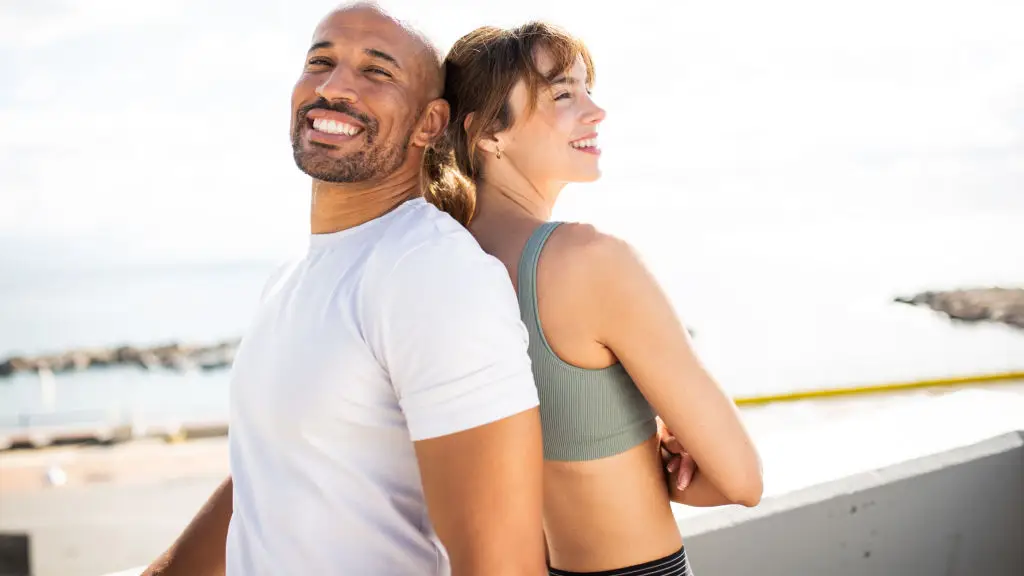
Physical activity is about so much more than muscles or joints—it shapes how you feel about yourself and your world. These simple exercises build strength for stairs, but also foster a sense of accomplishment and control, no matter your age. Movement boosts energy, brightens mood with little bursts of endorphins, and clears the mental fog that sometimes sneaks up on us. The independence you build in your body can ripple outward, fueling social connection, curiosity, and a deeper ease in your own skin. What starts as a quest to prevent falls or regain confidence often blossoms into a greater zest for everyday experiences. Each step, squat, or stretch honors how far you’ve come—and the adventures you’re yet to discover.
Embrace Your Strength—At Every Age
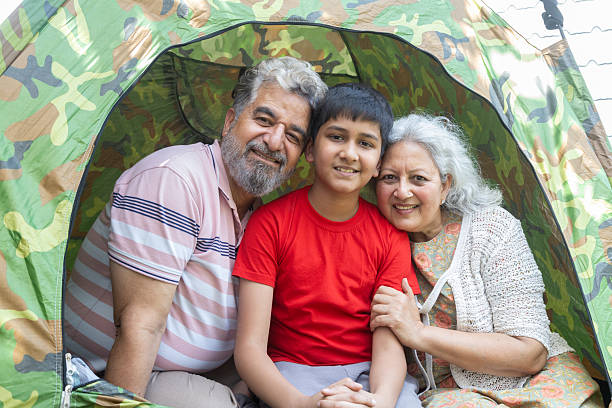
Movement is one of the kindest gifts you can offer yourself—and you’re never too young or too old to begin. The exercises shared here are simple, approachable, and infinitely adaptable, just like your journey to feeling steady and strong. Whether you’re reacquainting yourself with balance, rediscovering the joy of strong legs, or savoring the clarity that comes from mindful movement, every choice toward activity is a celebration of vitality. Remember, building strength and balance isn’t about erasing the signs of time, but honoring the experiences—and the wisdom—wrapped up in every step. With patience, curiosity, and compassion for yourself, you’re already on the path to a brighter, steadier tomorrow. The most important thing isn’t where you start, but that you decide to start at all. Here’s to courage, progress, and the steady confidence that comes from simply moving, every day.